I bought an automatic dog door to let out the dog into the backyard, while avoiding that the cat escape. The door works with a "smart" collar with an ultrasonic transmitter. The cat has learned he can escape via the dog door so I've taken to putting it in one-way mode. This means the dog can come in on her own but I still need to let her out. I've been wanting to come up with a way to open the door remotely to let her out, but the dog door lacks network connectivity. I've been looking for a way to interface to it by reverse-engineering the ultrasonic protocol that the collars use.
Automatic Dog Door Smart Home Interface
Reverse engineering an automatic dog door
ultrasonic protocol to control it
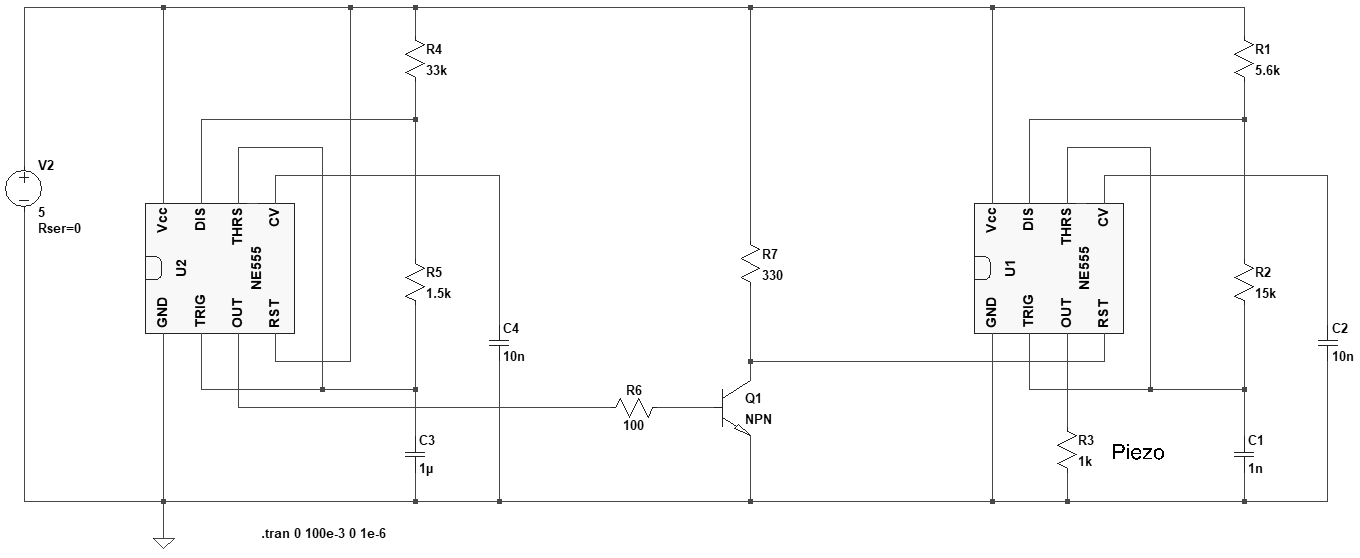
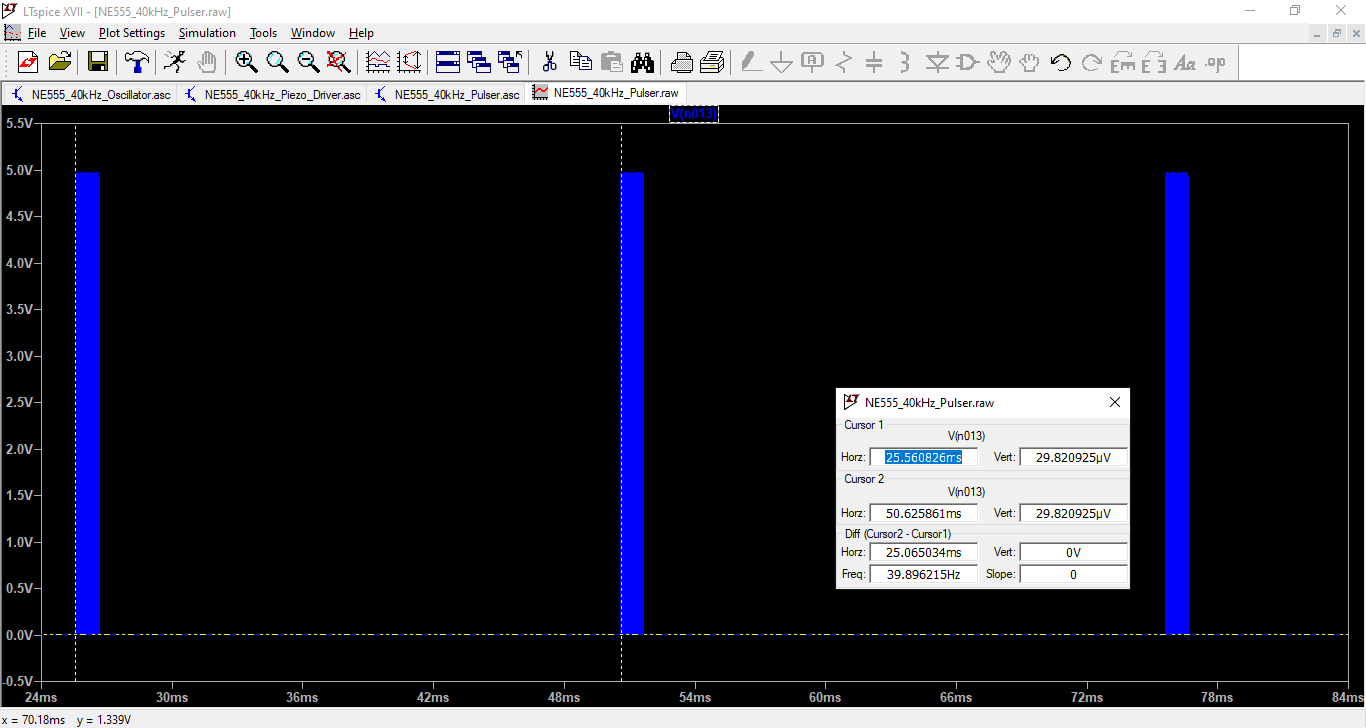
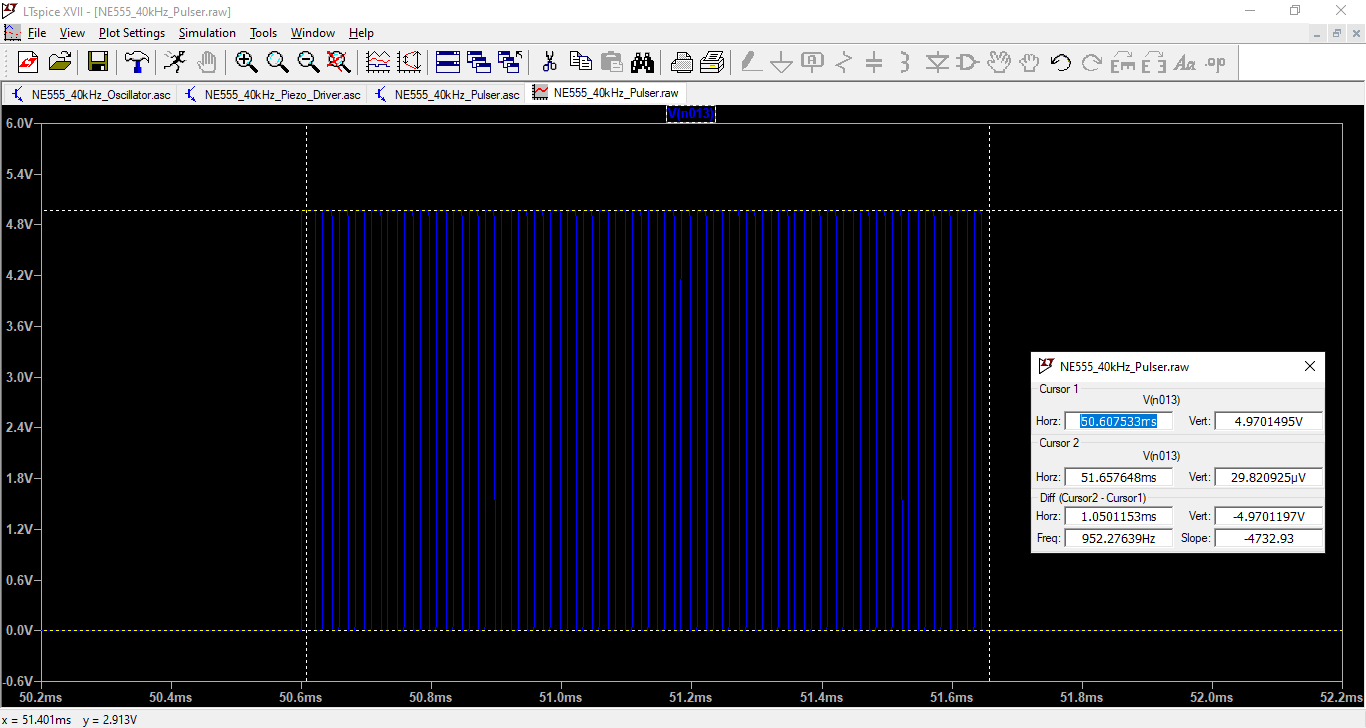

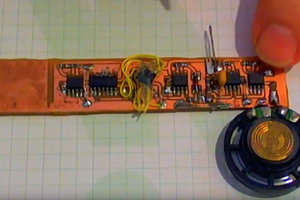
 matseng
matseng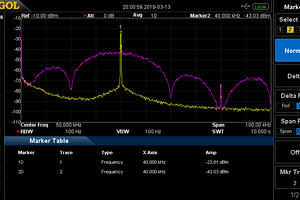
 Ted Yapo
Ted Yapo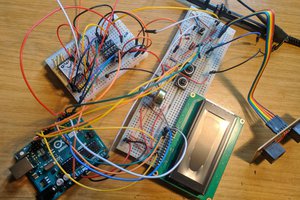

 HummusPrince
HummusPrince